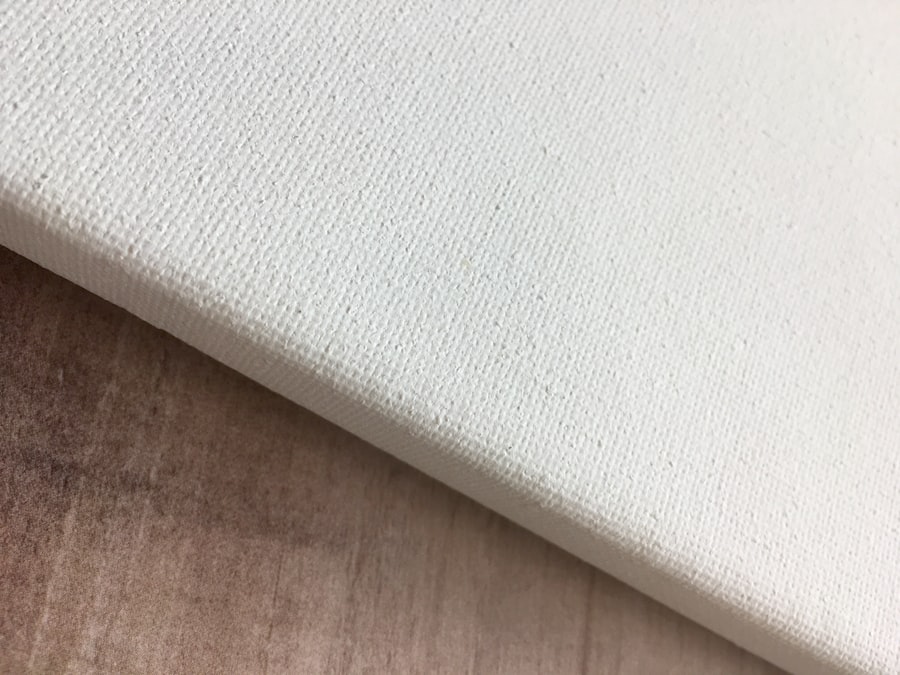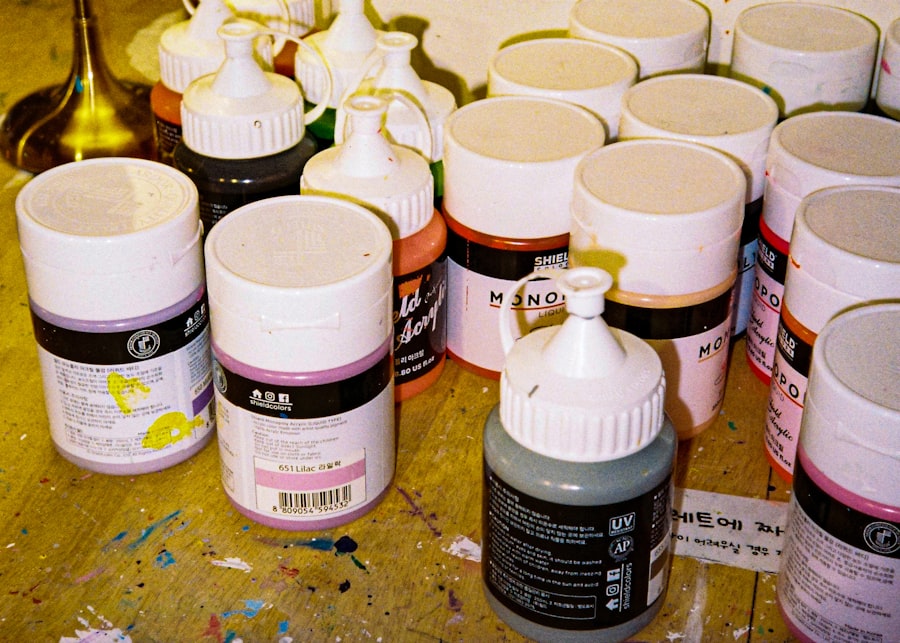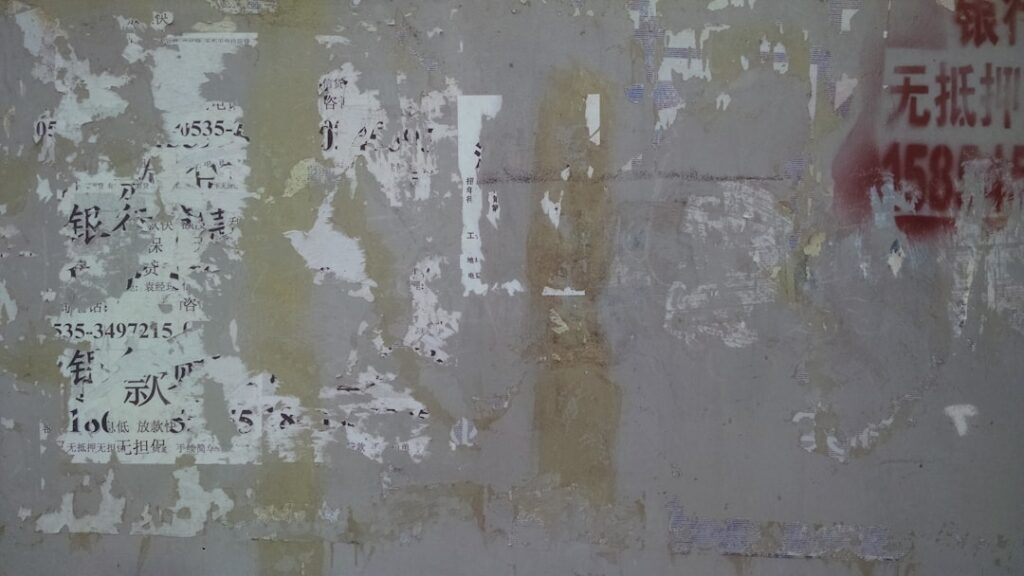As I delve into the world of web performance, one term that frequently comes up is Largest Contentful Paint, or LCP. This metric is a crucial part of Google’s Core Web Vitals, which are essential indicators of user experience on the web. LCP measures the time it takes for the largest visible content element on a webpage to load and become visible to users.
This could be an image, a video, or a block of text. Essentially, LCP provides insight into how quickly users can perceive the main content of a page, which directly impacts their overall experience. Understanding LCP is vital for anyone involved in web development or digital marketing.
A fast LCP means that users can engage with the content more quickly, leading to lower bounce rates and higher engagement levels. Conversely, a slow LCP can frustrate users, causing them to abandon the page before it fully loads. As I explore ways to improve LCP, I realize that it is not just about speed; it’s about creating a seamless experience that keeps users coming back for more.
By focusing on optimizing LCP, I can significantly enhance the usability and performance of my website.
Key Takeaways
- Largest Contentful Paint (LCP) measures the loading performance of the largest content element on a web page, such as an image or video.
- Factors impacting LCP include server response times, render-blocking resources, and inefficient code.
- Optimizing images and videos by compressing and resizing them can significantly improve LCP.
- Prioritizing above-the-fold content ensures that the most important elements load first for a better user experience.
- Lazy loading off-screen content can improve LCP by deferring the loading of non-essential elements until they are needed.
Identifying factors impacting LCP
To effectively improve LCP, I first need to identify the various factors that can impact this critical metric. One of the primary culprits is the size and format of images and videos on my site. Large files can take longer to load, especially on slower internet connections.
Additionally, the way these media elements are served can also affect loading times. For instance, if images are not properly optimized or if they are in formats that are not conducive to fast loading, they can significantly delay LCP. Another factor that influences LCP is the server response time.
If my server takes too long to respond to requests, it can create a bottleneck that delays the loading of content. This is particularly important for websites that rely on dynamic content generation or have heavy database queries. Furthermore, third-party scripts and resources can also play a role in slowing down LCP.
Each additional script or resource that needs to be loaded can add to the overall loading time, making it essential for me to evaluate which third-party services are truly necessary for my site.
Optimizing images and videos for faster loading

One of the most effective strategies I can employ to enhance LCP is optimizing images and videos for faster loading. This involves several techniques, starting with choosing the right file formats. For instance, using modern formats like WebP for images can significantly reduce file sizes without sacrificing quality.
Additionally, I can ensure that images are appropriately sized for their display dimensions on the webpage. By serving images that are too large for their intended use, I risk unnecessarily increasing load times. Another critical aspect of optimization is compression.
By compressing images and videos before uploading them to my site, I can reduce their file sizes while maintaining acceptable quality levels. Tools like ImageOptim or TinyPNG can help me achieve this without much hassle. Furthermore, I should consider implementing responsive images using the `srcset` attribute in HTML.
This allows me to serve different image sizes based on the user’s device and screen resolution, ensuring that mobile users don’t have to download unnecessarily large files.
Prioritizing above-the-fold content
In my quest to improve LCP, prioritizing above-the-fold content is another essential strategy I must adopt. Above-the-fold content refers to the portion of a webpage that is visible without scrolling. Since this is what users see first when they land on my site, ensuring that this content loads quickly is crucial for a positive user experience.
By strategically placing important elements like headlines, images, and calls-to-action in this area, I can capture users’ attention right away. To prioritize above-the-fold content effectively, I can use techniques such as inline CSS for critical styles and deferring non-essential JavaScript. By doing so, I ensure that the most important elements load first while less critical resources are loaded afterward.
Additionally, I should consider using placeholders for images or videos that are not immediately visible. This way, users will see a blank space where the content will appear, rather than waiting for it to load completely before they can interact with other elements on the page.
Utilizing lazy loading for off-screen content
Lazy loading is another powerful technique I can implement to enhance LCP by deferring the loading of off-screen content until it is needed. This means that images and videos that are not immediately visible to users will only load when they scroll down to view them. By doing this, I can significantly reduce initial load times and improve LCP since fewer resources need to be loaded upfront.
Implementing lazy loading is relatively straightforward with modern web technologies. For images, I can use the `loading=”lazy”` attribute in my HTML markup, which tells browsers to load these images only when they are about to enter the viewport. For videos and other media elements, I can use JavaScript libraries or frameworks that support lazy loading functionality.
This not only improves LCP but also enhances overall page performance by reducing unnecessary data usage for users who may not scroll down to view all content.
Minimizing render-blocking resources

Minimizing render-blocking resources is another critical step in optimizing LCP. Render-blocking resources are scripts and stylesheets that prevent a webpage from rendering until they have been fully loaded and processed by the browser. This can lead to significant delays in displaying content to users, negatively impacting their experience.
To tackle this issue, I can take several approaches. First, I should identify which resources are render-blocking by using tools like Google PageSpeed Insights or Lighthouse. Once identified, I can defer or asynchronously load non-essential JavaScript files so they do not block rendering of the main content.
Additionally, I can inline critical CSS directly into the HTML document for above-the-fold content while deferring less critical stylesheets until after the initial render. By doing so, I ensure that users see meaningful content as quickly as possible while still maintaining a visually appealing design.
Implementing server-side rendering for faster initial load
Server-side rendering (SSR) is another technique I find invaluable for improving LCP and overall page performance. SSR involves generating HTML on the server rather than in the browser, allowing users to receive fully rendered pages more quickly upon their initial request. This approach is particularly beneficial for dynamic websites where content changes frequently.
By implementing SSR, I can significantly reduce the time it takes for users to see meaningful content on my site. When a user requests a page, the server processes the request and sends back a fully rendered HTML document instead of relying on client-side JavaScript to build the page after it has loaded. This means that users can start interacting with my site almost immediately, leading to improved engagement and satisfaction.
Monitoring and testing LCP improvements
Finally, monitoring and testing my LCP improvements is crucial to ensure that my efforts yield tangible results. Regularly checking LCP scores using tools like Google PageSpeed Insights or WebPageTest allows me to track changes over time and identify any new issues that may arise as I make updates to my site. In addition to automated tools, I also find value in conducting real-user monitoring (RUM) to gather data on how actual users experience my site across different devices and network conditions.
This provides me with insights into how well my optimizations are performing in real-world scenarios and helps me make informed decisions about further improvements. By continuously monitoring and testing LCP, I can ensure that my website remains fast and user-friendly, ultimately leading to better engagement and conversion rates. In conclusion, understanding and optimizing Largest Contentful Paint is essential for enhancing user experience on my website.
By identifying factors impacting LCP and employing strategies such as optimizing media files, prioritizing above-the-fold content, utilizing lazy loading, minimizing render-blocking resources, implementing server-side rendering, and continuously monitoring performance metrics, I can create a faster and more engaging web experience for my users.
If you’re looking to enhance your website’s performance by reducing the Largest Contentful Paint (LCP), you might find the article “Reducing Largest Contentful Paint (LCP) in 5 Steps” particularly insightful. This guide provides practical steps to optimize your site’s loading speed, which is crucial for improving user experience and SEO rankings. For those interested in further technical insights, you might also want to explore related topics such as server migration, which can impact site performance. A relevant read is the article on CyberPanel to CyberPanel: Migrating to Another Server, which discusses the intricacies of server migration and its potential effects on website performance.
FAQs
What is Largest Contentful Paint (LCP)?
Largest Contentful Paint (LCP) is a Core Web Vitals metric that measures the loading performance of a web page. It specifically focuses on the loading time of the largest content element visible within the viewport.
Why is Reducing LCP important?
Reducing LCP is important because it directly impacts the user experience of a website. A faster LCP means that users will see the main content of a page sooner, leading to a better overall experience and potentially higher engagement and conversion rates.
What are the 5 steps to reduce LCP?
The 5 steps to reduce LCP are:
1. Optimize and prioritize the largest content element.
2. Improve server and network performance.
3. Utilize lazy loading for off-screen and below-the-fold content.
4. Minimize render-blocking resources such as CSS and JavaScript.
5. Optimize images and videos to reduce their loading times.
How can I optimize and prioritize the largest content element?
Optimizing and prioritizing the largest content element involves ensuring that it loads quickly and efficiently. This can be achieved by optimizing the size and format of images and videos, using responsive design techniques, and minimizing unnecessary elements that may delay its loading.
What are some tools to measure LCP and identify opportunities for improvement?
There are several tools available to measure LCP and identify opportunities for improvement, including Google’s PageSpeed Insights, Lighthouse, and Chrome DevTools. These tools provide insights into a page’s loading performance and offer specific recommendations for reducing LCP.
